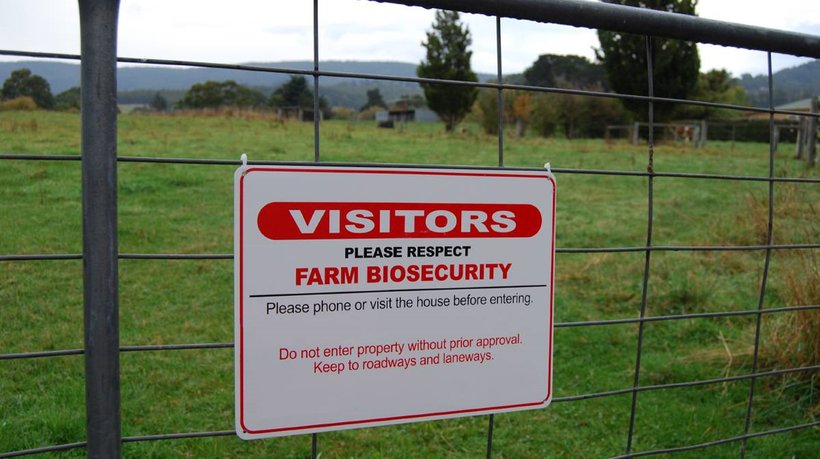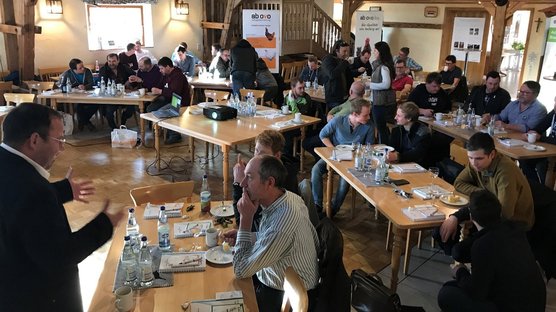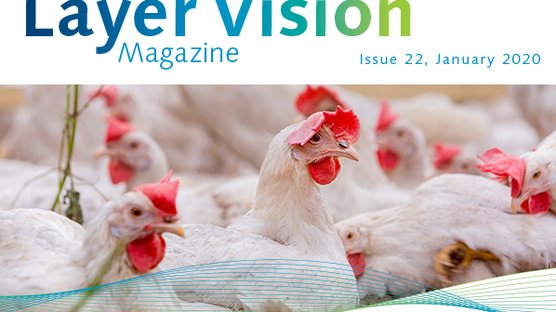
Published on Dec. 20, 2016
Biosecurity Essentials
An outbreak of avian influenza is currently crossing through parts of of the world.
This outbreak is as a reminder to those of us in North America that biosecurity is a key management tool and an essential part of any successful poultry production system.
Identifying the potential pathways for the introduction of a disease allows people involved to make a risk assessment and then implement a suitable biosecurity program.
Major routes for pathogens spread are:
- Airborne transmission
- Feed and water supply
- Transmission by contact:
- Indirect contact: through equipment, material and vehicles or by live vectors, like animals (wild birds, other livestock, pets, rodents, insects) and people (farm workers, maintenance personnel, visitors)
Farms must be designed to facilitate biosecurity: the objective is to limit access to poultry production areas by people and to prevent access by other animals. The following are elements of a safeguarded facility.
Outside the Facility
- Perimeter fencing with a single access gate that is
always kept locked along with warning and caution signs.
- A spraying station for vehicles entering the farm
including a disinfecting basin. Only essential traffic should have access to
the site. Other vehicles must be parked outside the biosecure area. Ideally,
feed bins should be located near the perimeter fence to reduce risks linked to
feed trucks.
Wild Animal and Vermin Control
- A 2 m wide band of concrete, gravel or short-mowed
grass along the poultry houses – always kept clear of debris, weeds, trash or
unused equipment to discourage rodent populations around the barn.
- Poultry houses should be bird- and rodent proof and
properly maintained: special attention should be paid to risky areas, like air
inlets, exhausting fans, egg conveyors, litter pits, drains etc.
- Maintenance of an adequate drainage system to
prevent accumulation of water that could attract water fowl.
- Bait stations should be installed along the side of
the barns and in any area where high rodent activity is observed. Stations
should be checked weekly and fresh bait should be laid out when required.
Detailed records should be kept for observed vermin activity after every
inspection, applied procedures and chemicals used.
Cleaning and Disinfection
- All building materials should be chosen in order to
allow an effective cleaning and disinfection.
- All waste from the farm should be disposed of in a
suitable manner: dead birds should be stored in freezers or water-, rodent- and
wild animal proof containers and any further disposal method must conform to
applicable environmental compliance requirements.
- Drinking water for poultry as well as cooling water
used in the houses should be of good sanitary quality. It is recommended to
have an efficient system of water treatment to ensure that the appropriate
standards are met. Water tanks should always be kept closed.
Feed
Pathogens can also be carried in the feed through contaminated raw materials but also through cross-contamination after being produced or during transport. Feed mills should follow good manufacturing practices. Different types of treatments (chemical or heat treatment) are available to minimize the risk of introducing a disease via the feed. To prevent further contamination of feed by rodents or wild birds, silos should always be kept closed and any feed spills should be immediately cleaned up.



